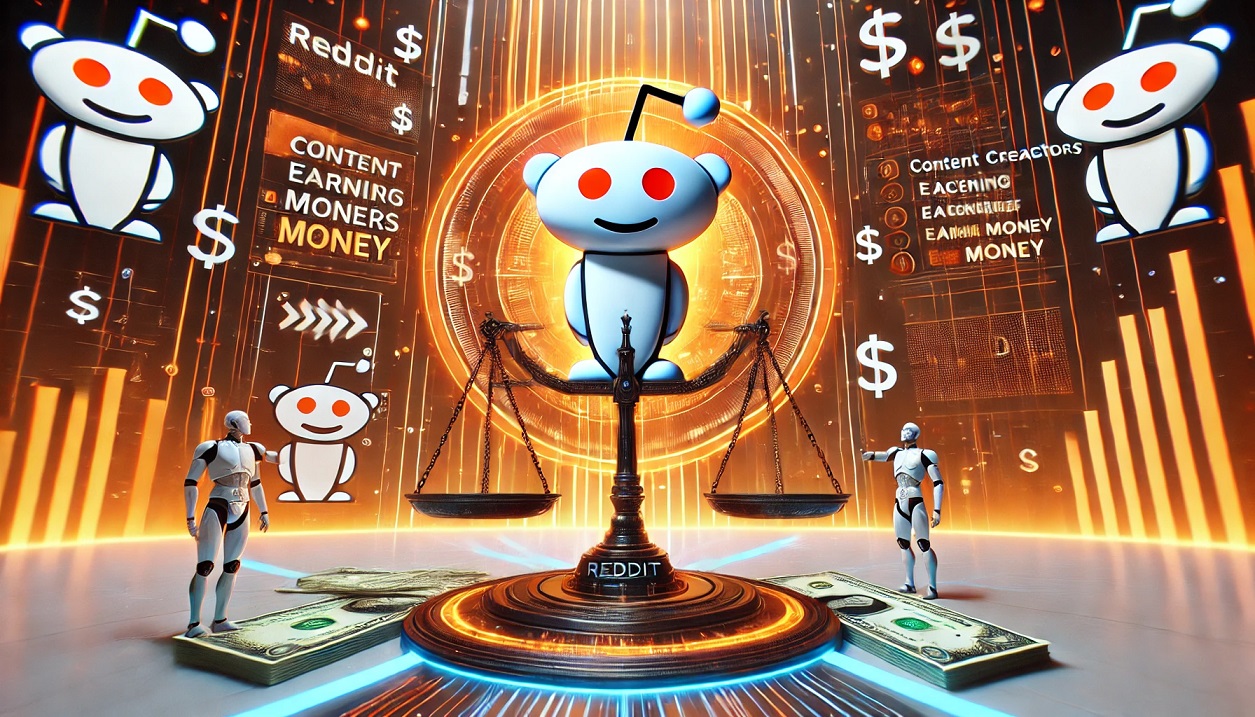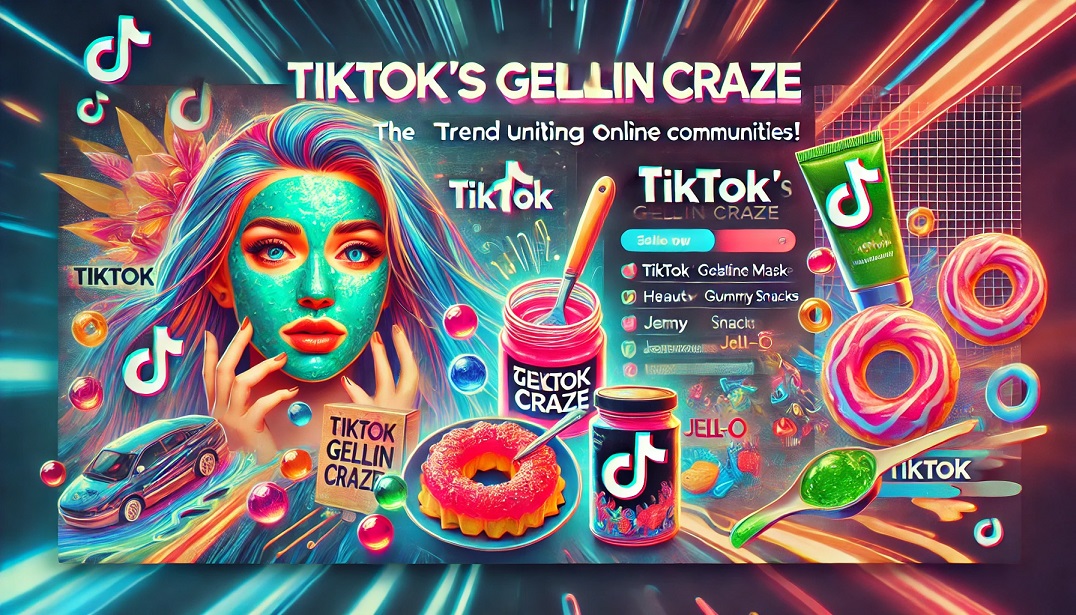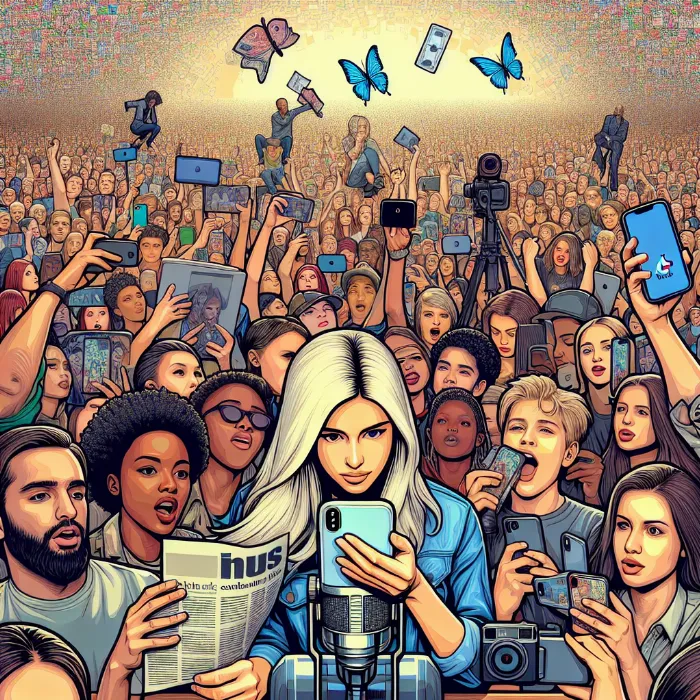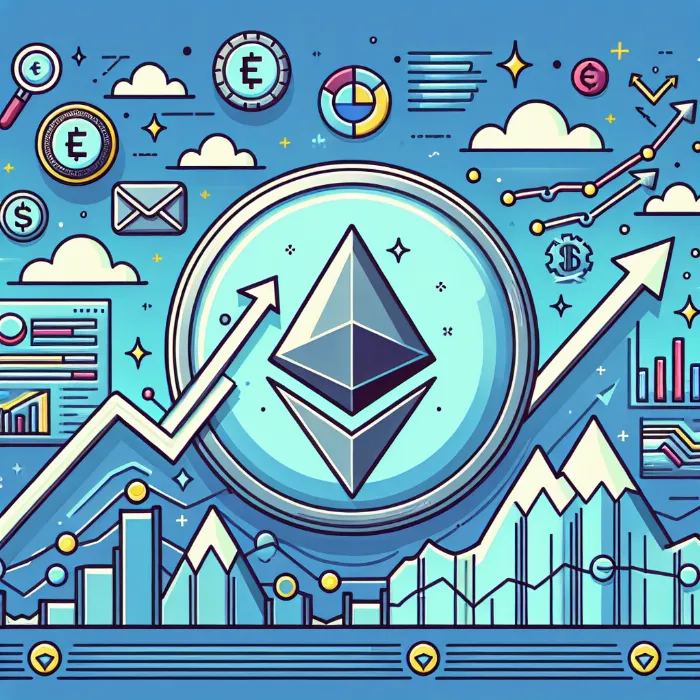UK’s “Online Gangs” of Teens Spread Violent Content
🇬🇧 Digital Underworld: Teenage Online Gangs Fuel Chaos Across UK Platforms
London, June 14, 2025 — A shadowy web of teenage-led online communities has become the newest threat to digital safety in the United Kingdom. Authorities, parents, and tech firms are grappling with a disturbing surge in youth-driven digital extremism, as “online gangs” made up mostly of teenagers use encrypted apps, livestreaming platforms, and gaming forums to coordinate harassment campaigns, glorify violence, and disseminate hate-driven content.
The phenomenon—once brushed off as simple “edgy behavior” or teen rebellion—has now reached a tipping point, with reports of real-world attacks, targeted bullying, and a sharp spike in self-harm incidents linked directly to these virtual mobs.
💻 Who Are the “Online Gangs”?
Unlike traditional street gangs, these modern groups don’t wear colors or claim turf. Instead, their domain is entirely digital. They congregate in encrypted Telegram groups, Discord servers, fringe Reddit threads, and anonymous message boards.
Members, typically aged between 13 and 19, operate under aliases and often communicate in coded language. Their hierarchy is fluid but surprisingly organized—with leaders, planners, and “raiders” who execute mass comment floods, doxxing attempts, and psychological manipulation of victims.
Their targets vary: school rivals, social justice activists, minority creators, even politicians. Often, the gangs form spontaneously around viral outrage, then disperse, only to reassemble under new handles weeks later.
🧠 Digital Warfare Tactics: From Memes to Mayhem
What makes these groups so dangerous is not just what they do, but how they do it—and how quickly their methods evolve.
Common tactics include:
“Raids”: Coordinated efforts to spam livestreams, social media posts, or chatrooms with offensive content and threats.
Doxxing: Publishing personal details of enemies—home addresses, phone numbers, family info.
“Suicide baiting”: Cruelly encouraging vulnerable individuals to harm themselves, often during live streams.
Deepfake deployment: Using AI tools to manipulate videos or voices of teachers, celebrities, or peers in humiliating ways.
Crypto-funded anonymity: Some groups reportedly use cryptocurrency wallets to reward participants or buy digital attack tools like IP scramblers or VPN chains.
Perhaps most chilling is their intentional targeting of emotionally fragile individuals, often chosen because of mental health confessions, sexuality, or ethnic background.
📈 A Growing Crisis: Stats That Alarm
According to a recent report by the UK’s Office for Digital Safety:
31% of UK teens (13–18) have encountered or participated in an online “raid” in the last 12 months.
12% have been involved in secret groups focused on “offensive humor” or “ironic racism.”
67% of teachers report students discussing “dark online trends” like redpill ideology, weaponizing memes, and cult-like Discord groups.
In the last three months alone:
Over 700 online harassment complaints traced back to teen-run collectives.
5 schools placed on partial lockdown after viral bomb threats—later traced to “just pranks” by digital gang members.
Two teen suicides reportedly had links to sustained digital bullying campaigns.
🧒 The Psychology of Digital Radicalization
Experts are warning that the rise of these online teen mobs is not just about tech—it’s about identity, belonging, and broken systems.
Dr. Maya Iqbal, a cyberpsychologist at King’s College London, explains:
“These digital gangs offer community, validation, and a sense of power to young people who feel ignored, misunderstood, or alienated. The content is toxic—but the emotional draw is real. Many of these kids don’t even realize they’ve radicalized.”
Some gangs blend humor and hatred, using memes and irony to mask racist, misogynistic, or extremist views. Teens fall down these rabbit holes slowly—through jokes, shared rage, and a feeling of superiority over “normies.”
🎯 Real Victims, Real Harm
While digital, the impact is tragically physical.
A 15-year-old girl in Bristol was hospitalized after weeks of harassment on TikTok, orchestrated by a gang from her school.
A gay student in Manchester attempted suicide after his private messages were leaked by an online “raiding” group that claimed to be “just trolling.”
A history teacher in Leeds was forced to resign after a gang published a deepfake video portraying him using racial slurs—completely fabricated, but widely shared before debunking.
In many cases, law enforcement is slow to act, citing tech barriers and difficulty identifying anonymous users. Parents report frustration, saying they are left in the dark while their children unravel emotionally.
📜 Legal Shakeup: Online Safety Act Under Fire
The UK’s Online Safety Act, which came into force in early 2024, was hailed as a landmark. It granted Ofcom wide powers to regulate social media platforms, impose heavy fines, and enforce content moderation.
But now, critics say it doesn’t go far enough.
Platforms like Discord, Telegram, and TikTok remain difficult to monitor due to encryption and moderation challenges.
The act’s emphasis on removing illegal content often misses coordinated psychological abuse, which is harder to categorize.
Schools are struggling with enforcement, unable to monitor student behavior across dozens of apps.
MP Sarah Goldstein, chair of the House Digital Safety Committee, stated:
“We built a wall around the garden, but the kids have found tunnels beneath it. The law must evolve as quickly as the threats do.”
🔍 Tech Platforms Respond—Or Do They?
Under pressure, some platforms have begun to respond:
TikTok announced a “Youth Safety Taskforce” and AI flagging for “swarm harassment.”
Discord claims to have banned over 6,000 servers in the past quarter linked to hate groups and raiders.
Telegram, however, remains largely unregulated, protected by encryption and lack of UK-based moderation.
Critics argue that most changes are cosmetic, aimed at appeasing regulators rather than protecting users.
👨👩👧👦 The Parent Trap: Fighting Shadows
For parents, the war is invisible. Many have no idea what “raiding” means or how to spot a radicalizing server.
Helen Murray, a mother from Nottingham, discovered her 14-year-old son was in a “combat memes” group sharing violent fantasies and Nazi-era jokes:
“He said it was just for laughs. But when I read the chats, it wasn’t funny. It was hatred. And he was learning to like it.”
Experts recommend “digital literacy parenting”:
Encourage open conversations.
Use monitoring software.
Understand apps like Discord, Reddit, Telegram.
Teach empathy and media literacy, not just rules.
🛡️ Government Action Plan: Will It Be Enough?
In response to the crisis, the UK government is preparing an Emergency Online Harm Response Package, which includes:
Fast-track reporting for minors: Allowing schools and families to flag digital gang content in real-time.
AI content scanning expansion: Using British-made tools to detect coded hate speech and grooming attempts.
Platform penalty escalation: Tripling fines for platforms that fail to remove coordinated harassment within 24 hours.
Digital gang disruption teams: Small task forces made of youth officers, online analysts, and psychologists.
But privacy groups caution against overreach, warning that aggressive monitoring could violate user rights and drive communities deeper underground.
🌍 Global Trend, Local Fight
What’s happening in the UK isn’t isolated.
Similar youth-led online extremist clusters have been detected in:
Germany: where police disbanded a Telegram group linked to school shooting memes.
Australia: where teens coordinated racial attacks via online games.
United States: with growing concern over Discord grooming cults and incel groups.
The digital age has birthed a global teen underground, sharing tactics, ideology, and tools at warp speed.
🧭 What Now? A Fight for the Soul of the Internet
As the UK grapples with this new digital frontier, one question remains:
Can a society built on open communication defend itself from its own children using those same tools to tear it down?
The answers will require:
Legal innovation
Tech cooperation
Parental awareness
And a radical rethink of digital education for the next generation
Because the enemy is not the platforms, the tools, or even the teenagers.
It’s the void we left behind.
⏳ Timeline: The Rise of Online Teen Gangs
Date\tMilestone
Jan 2024\tRise in Discord “shock servers” reported
April 2024\tTikTok influencer harassed by coordinated “raids”
Dec 2024\tFirst known teen suicide linked to doxxing group
Feb 2025\tUK Parliament passes Online Safety Act
May 2025\tTeen gang causes school lockdown via bomb hoax
June 2025\tDigital gang crisis hits national spotlight
📣 Final Thought: Fix the Feed or Lose the Future
We stand at a crossroads where freedom of expression meets the manipulation of innocence. If the UK fails to address the rise of online teen gangs now, it may face a future where the next generation doesn’t just grow up online—they weaponize it.

















Comments 0